Exotic pet ownership brings unique joys and responsibilities, with proper nutrition standing as perhaps the most crucial aspect of care. Unlike dogs and cats with their standardized commercial foods, exotic animals often require specialized diets that mimic their natural feeding habits. Many new exotic pet owners make the critical mistake of providing inappropriate nutrition, leading to serious health issues including metabolic bone disease, organ failure, and shortened lifespans. This comprehensive guide breaks down the specific nutritional needs of popular exotic pets, helping you ensure your unique companion receives the proper daily diet to thrive in captivity. From reptiles to birds, small mammals to amphibians, understanding the specific dietary requirements of your exotic pet is essential for responsible ownership.
Bearded Dragons: Balancing Veggies and Insects
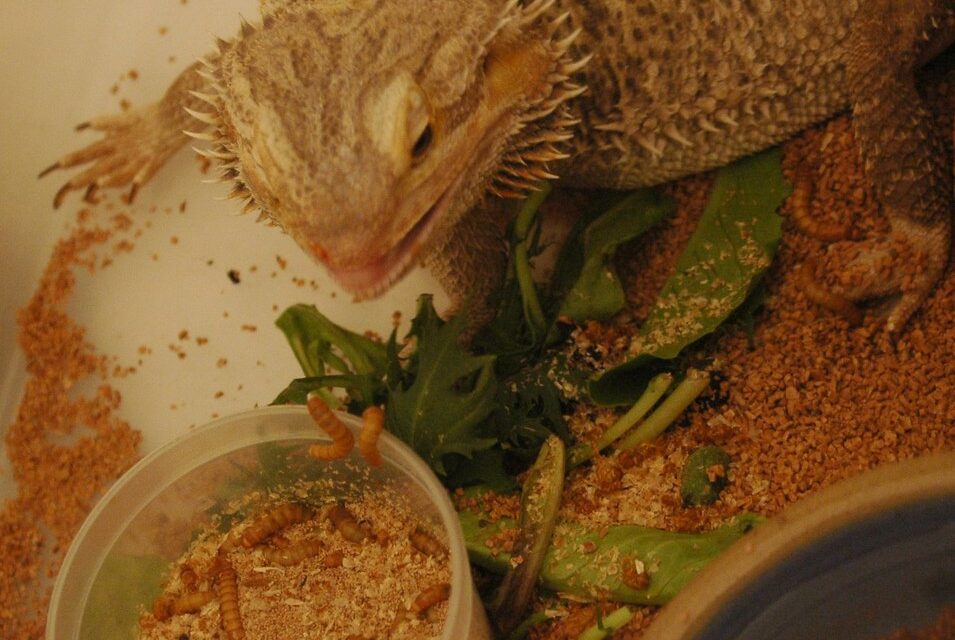
Bearded dragons require a diet that shifts from primarily protein in their youth to mostly vegetation as adults. Young bearded dragons should consume approximately 80% insects (crickets, dubia roaches, and superworms) and 20% plant matter daily, while adults should receive the opposite ratio with 80% vegetables and 20% insects. Dark, leafy greens like collard greens, mustard greens, and dandelion greens should form the foundation of their vegetable intake, supplemented with colorful vegetables like bell peppers, squash, and occasional fruits like berries or melon. Calcium supplementation is crucial, with most experts recommending dusting food with calcium powder 3-5 times weekly for juveniles and 2-3 times weekly for adults. Commercial bearded dragon pellets can supplement but should never replace fresh foods in a healthy dragon’s diet.
Ball Pythons: Properly Sized Rodent Prey
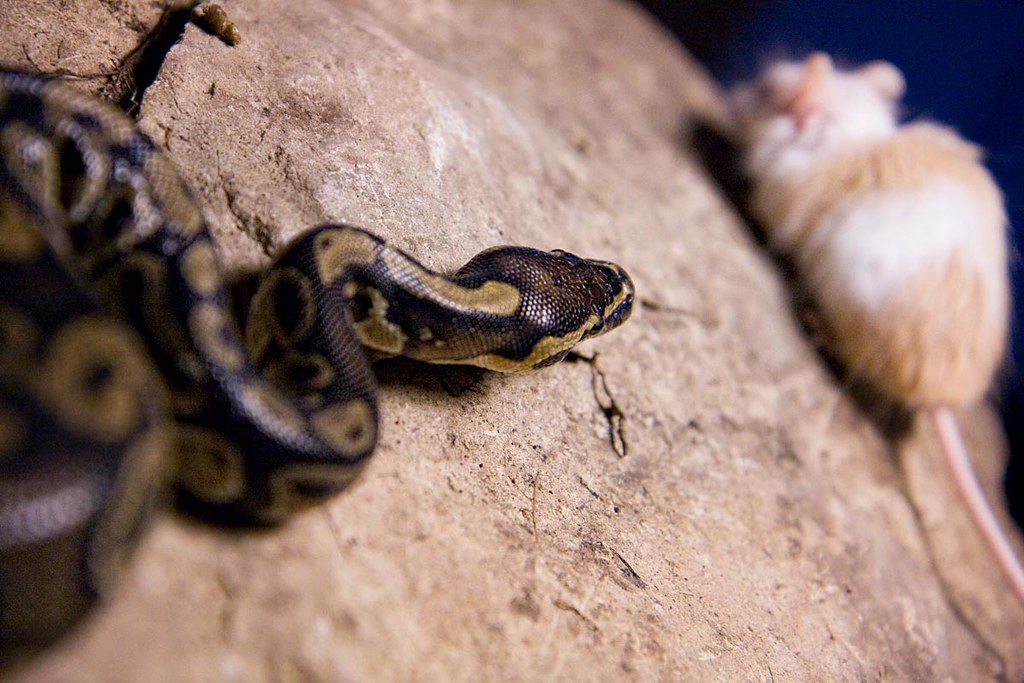
Ball pythons are obligate carnivores requiring whole prey items that provide complete nutrition including bones, organs, and muscle tissue. The appropriate prey size should be approximately equal to the widest part of your snake’s body, typically transitioning from pinky mice for hatchlings to small or medium rats for adult specimens. Most ball pythons require feeding every 7-10 days for juveniles and every 10-14 days for adults, making this a relatively low-maintenance feeding schedule compared to many exotic pets.
While live prey is acceptable, most reptile experts recommend offering pre-killed, frozen-thawed rodents to eliminate the risk of injury to your snake from defensive prey animals. Supplementation is generally unnecessary with ball pythons when feeding appropriate whole prey items, as they receive complete nutrition including calcium from the bones of their food.
Sugar Gliders: Complex Omnivorous Needs
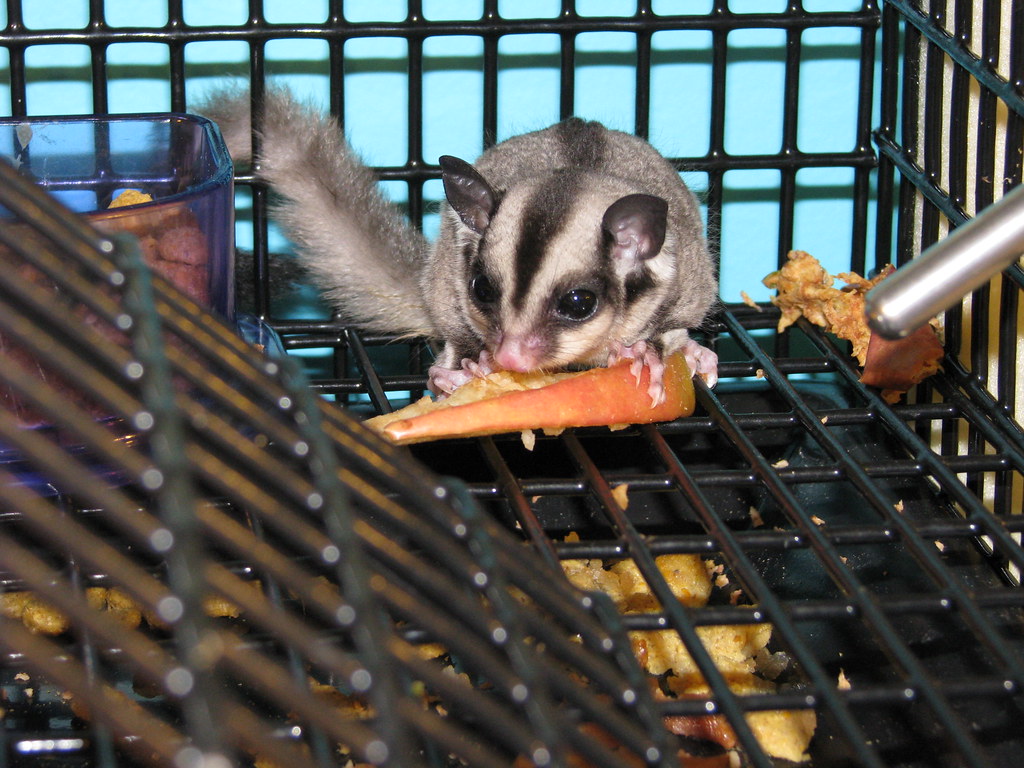
Sugar gliders have one of the most complex dietary requirements among popular exotic pets, requiring a careful balance of protein, fruits, vegetables, and specialized supplements. A healthy sugar glider diet typically includes a protein source (such as cooked chicken, eggs, or specially formulated nectar mixtures) making up approximately 25% of their diet, fresh fruits (15-25%), and vegetables (25-30%), plus appropriate supplements. Many experienced owners follow variations of the “BML diet” (named for its creator) or “HPW diet” which provide precise nutritional balance.
Fresh foods should be offered daily in the evening when these nocturnal marsupials are active, with leftovers removed to prevent spoilage. Calcium supplementation is critical for sugar gliders, as calcium deficiency can lead to hind leg paralysis and other serious health complications common in poorly fed specimens.
Hedgehogs: Insectivorous Omnivores
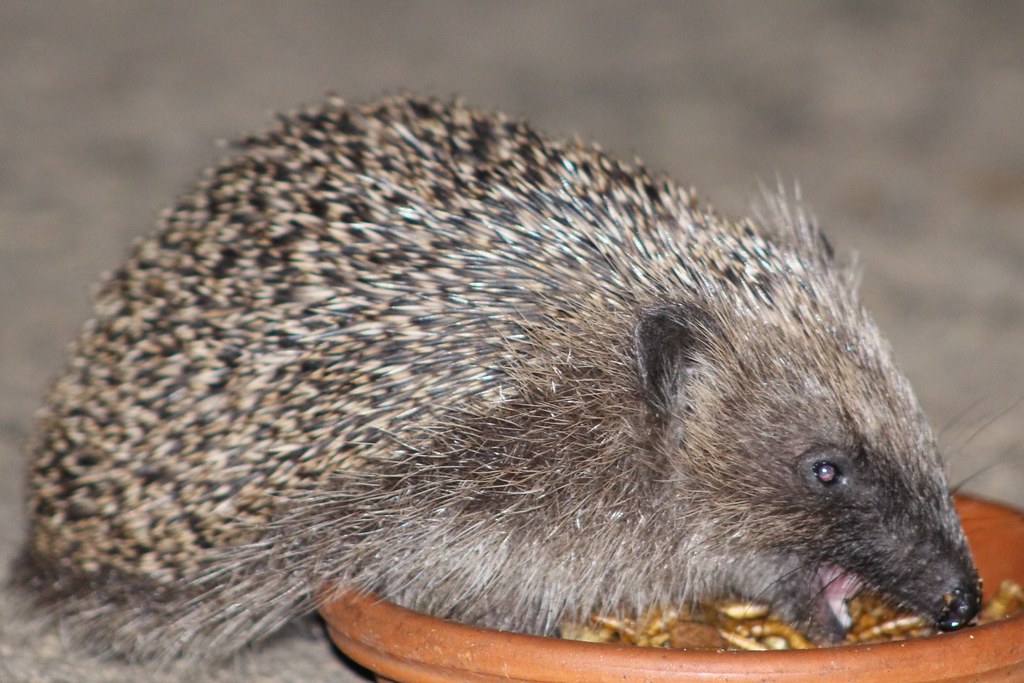
Hedgehogs require a diet that reflects their natural insectivorous and omnivorous tendencies while avoiding excess fat that can lead to obesity. High-quality cat food (not kitten food) with 30-35% protein and low fat content often forms the foundation of a captive hedgehog’s diet, comprising about 1-2 tablespoons daily for an adult. This should be supplemented with gut-loaded insects like crickets, mealworms, and waxworms (limited due to high fat content) several times weekly to satisfy their insectivorous nature.
Fresh vegetables including bell peppers, carrots, and green beans should make up approximately 20-30% of their diet, while fruits should be limited to occasional treats due to sugar content. Commercial hedgehog foods vary widely in quality, with many containing inappropriate fillers, so careful research or veterinary guidance is recommended before choosing a pre-made option.
Leopard Geckos: Insect-Based Protein Requirements
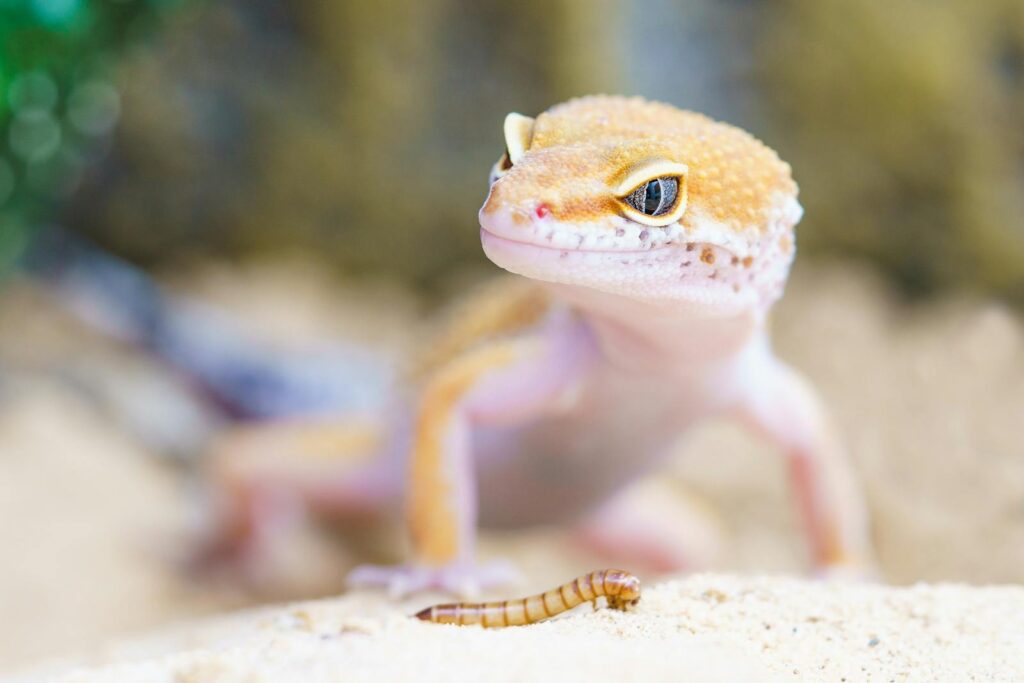
Leopard geckos are strict insectivores requiring a varied diet of appropriately sized insects dusted with essential supplements. Their staple diet should consist primarily of crickets, dubia roaches, and mealworms that are no larger than the space between the gecko’s eyes to prevent impaction risks. Juvenile leopard geckos should be fed daily, while adults typically require feeding every other day or 3-4 times weekly depending on body condition. Calcium supplementation is absolutely critical, with most feeding insects requiring dusting with calcium powder (with D3 if no UVB lighting is provided) at every feeding for juveniles and 2-3 times weekly for adults. Gut-loading insects 24 hours before feeding by providing them nutritious foods like commercial gut-load formulas or fresh vegetables significantly improves their nutritional value for your gecko, essentially making the insects living vitamin capsules.
Ferrets: Obligate Carnivores with Specialized Needs
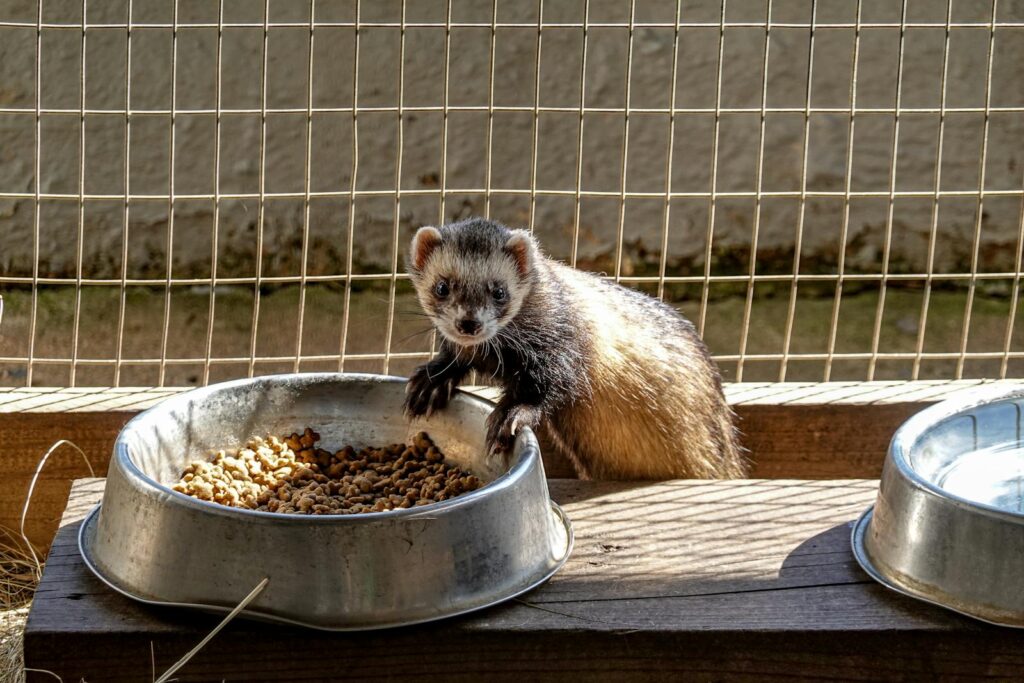
Ferrets have a uniquely adapted digestive system requiring a high-protein, high-fat diet with minimal carbohydrates and fiber. As obligate carnivores, ferrets should receive a diet composed of at least 32-38% protein and 15-20% fat, ideally from animal sources rather than plant-based proteins. Commercial ferret-specific foods that meet these requirements form the foundation of most captive diets, though high-quality kitten food can sometimes serve as an acceptable alternative when ferret food is unavailable.
Many experienced ferret owners supplement commercial diets with raw meat-based options including raw eggs, day-old chicks, or commercial raw diet formulations designed for ferrets. Fresh water must always be available, with bottle systems generally preferred over bowls that ferrets may play in or contaminate. Fruits, vegetables, dairy products and carbohydrate-heavy foods should be avoided entirely, as ferrets lack the digestive capacity to process these foods properly.
Chinchillas: Specialized Herbivore Requirements
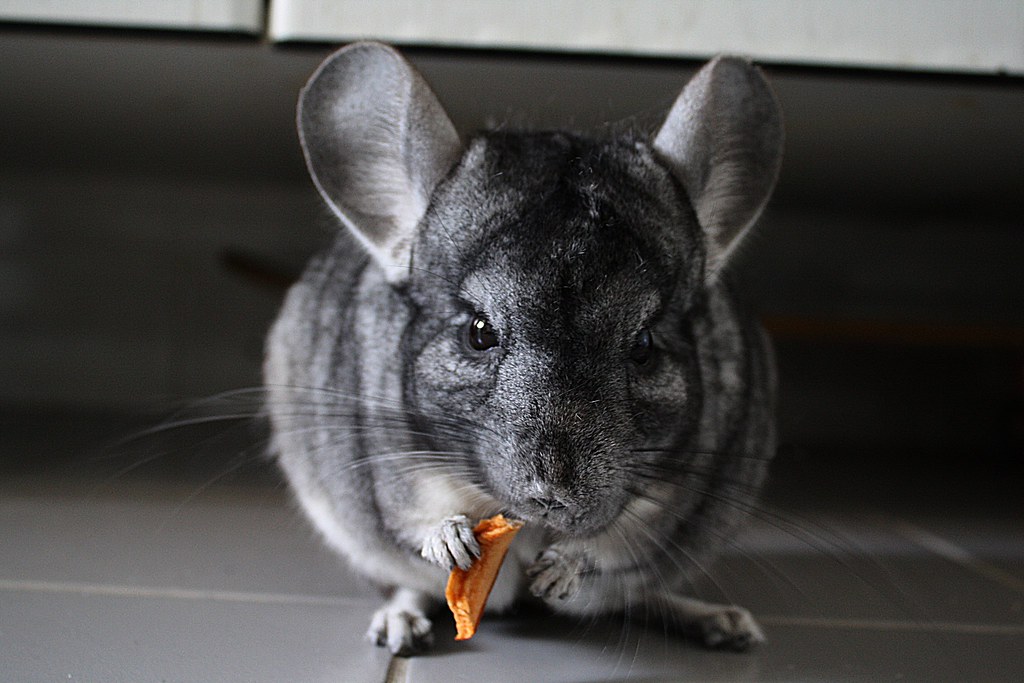
Chinchillas require a high-fiber, low-fat, low-sugar diet tailored to their specialized digestive system evolved for harsh mountain environments. The foundation of a proper chinchilla diet is unlimited access to high-quality timothy hay, which should make up approximately 75-80% of their daily intake to maintain proper dental wear and digestive function. This should be supplemented with a measured amount (1-2 tablespoons daily) of chinchilla-specific pellets that contain at least 16-20% fiber and minimal fat content.
Fresh herbs like cilantro, parsley, and basil can be offered in small amounts 2-3 times weekly, while fruits should be limited to tiny portions as occasional treats due to their high sugar content. Commercially available chinchilla treats, especially those containing dried fruits, nuts, or seeds, should be avoided or severely limited as these can contribute to serious digestive issues and obesity in these sensitive rodents.
African Grey Parrots: Diverse Nutrition for Intelligence
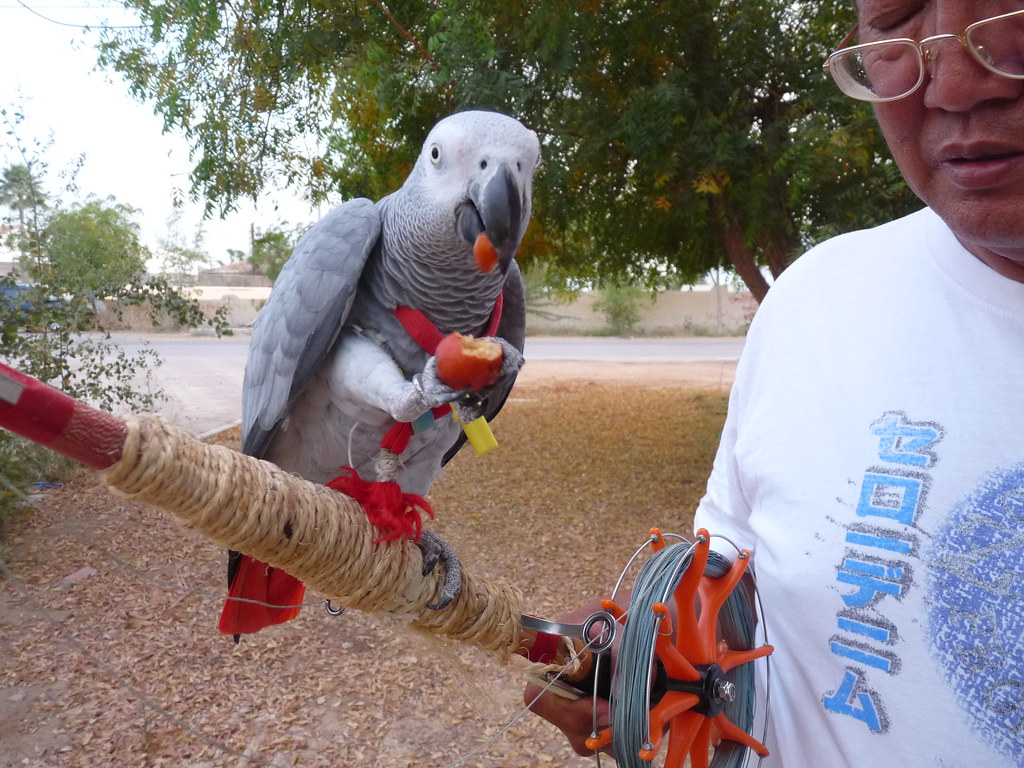
African Grey Parrots require exceptionally diverse diets that support both their physical needs and their remarkable intelligence. A properly balanced African Grey diet typically includes high-quality pellets formulated specifically for parrots (comprising 50-60% of intake), fresh vegetables and greens (30-40%), limited fresh fruits (10%), and occasional nuts as treats. Dark leafy greens like kale, spinach, and Swiss chard provide essential nutrients, while colorful vegetables like bell peppers, carrots, and sweet potatoes offer valuable carotenoids and antioxidants.
Toxic foods that must be absolutely avoided include avocado, chocolate, caffeine, alcohol, and foods high in salt or fat. Many experts recommend incorporating foraging opportunities during feeding, such as puzzle toys or hidden food, to stimulate natural behaviors and provide mental enrichment for these highly intelligent birds.
Tarantulas: Infrequent but Proper Prey Items
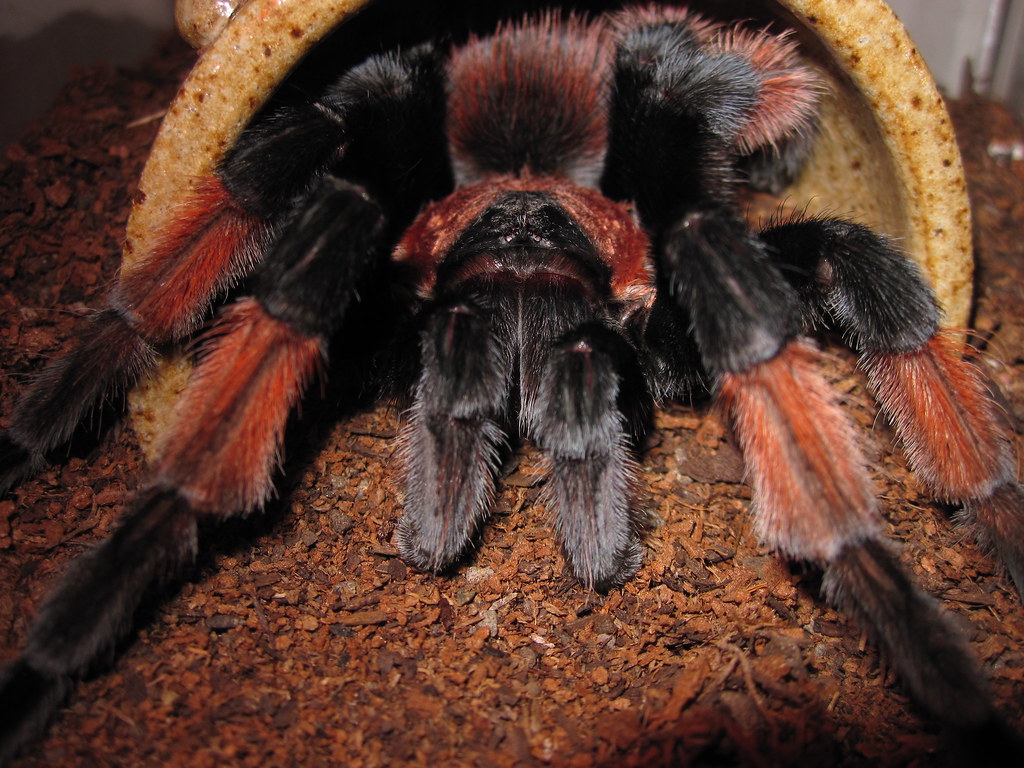
Tarantulas require surprisingly infrequent feeding compared to many exotic pets, with most species thriving on a schedule of one appropriately sized prey item every 5-7 days for juveniles and every 10-14 days for adults. Suitable prey items include crickets, dubia roaches, superworms, and for larger species, the occasional small mouse, with the prey size generally not exceeding the tarantula’s abdomen size. Pre-killing prey is often recommended for larger items to prevent injury to molting or vulnerable tarantulas, though many keepers allow live prey for the enrichment value. All prey should be gut-loaded for 24-48 hours before feeding by providing nutritious food to the insects, significantly improving their nutritional value. A shallow water dish should always be available for most species, though desert-dwelling varieties may obtain sufficient moisture from their prey alone.
Axolotls: Aquatic Carnivore Considerations
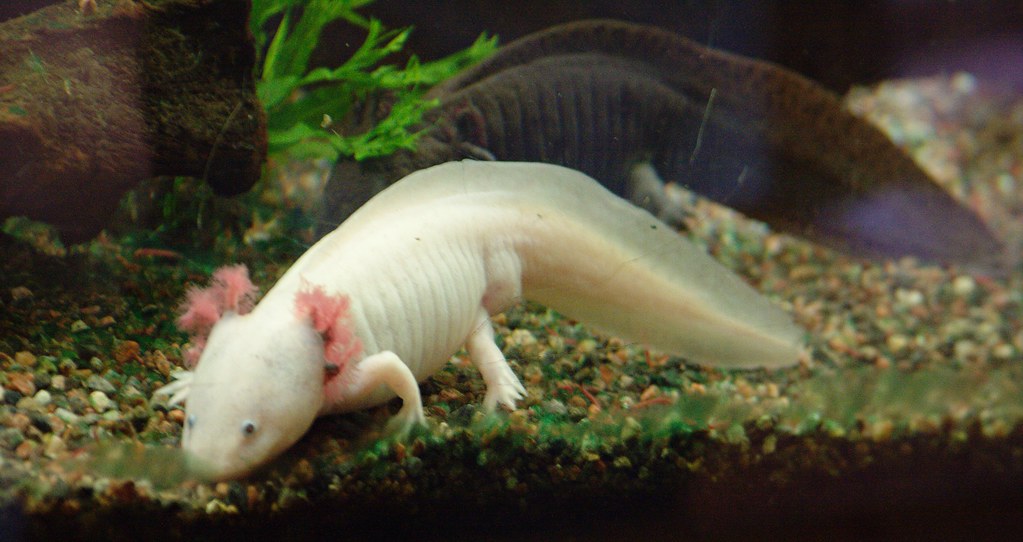
Axolotls require a carnivorous diet reflecting their natural feeding behaviors as aquatic ambush predators. Their primary diet should consist of high-quality sinking pellets specifically formulated for axolotls or carnivorous aquatic species, typically fed every other day for adults and daily for juveniles. This commercial diet should be supplemented with live or frozen foods including bloodworms, brine shrimp, daphnia, and small earthworms, which provide essential nutrients and stimulate natural feeding behaviors.
Juvenile axolotls under six months require daily feeding, while adults typically do well with feeding every 2-3 days, adjusting portions to maintain proper body condition. Food size is critical, with items generally not exceeding the width of the axolotl’s head to prevent impaction, and any uneaten food should be promptly removed from the tank to maintain water quality.
Chameleons: Hydration and Insect Variety
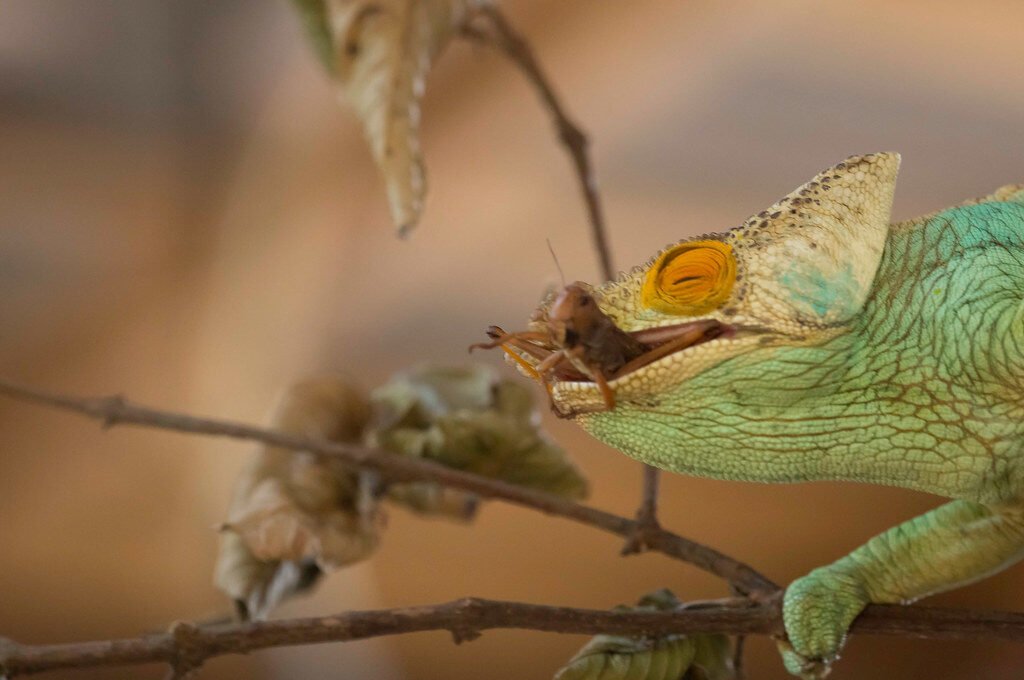
Chameleons require a diverse insect-based diet supplemented with proper hydration methods that accommodate their unique water-drinking behaviors. Most chameleon species thrive on a rotating variety of gut-loaded insects including crickets, dubia roaches, silkworms, hornworms, and occasional treats of waxworms, with prey size not exceeding the length of the chameleon’s head. Juvenile chameleons should be fed daily with 10-15 small insects, while adults typically require feeding every other day with 5-7 appropriately sized prey items.
Proper supplementation is absolutely critical, with calcium powder (with D3 if inadequate UVB is provided) used at every other feeding and a high-quality multivitamin once weekly. Hydration is equally important, with most chameleons preferring to drink water droplets from leaves rather than from standing water, making a drip system or regular misting essential for preventing the dehydration that commonly affects captive specimens.
Koi Fish: Seasonal Feeding Adjustments
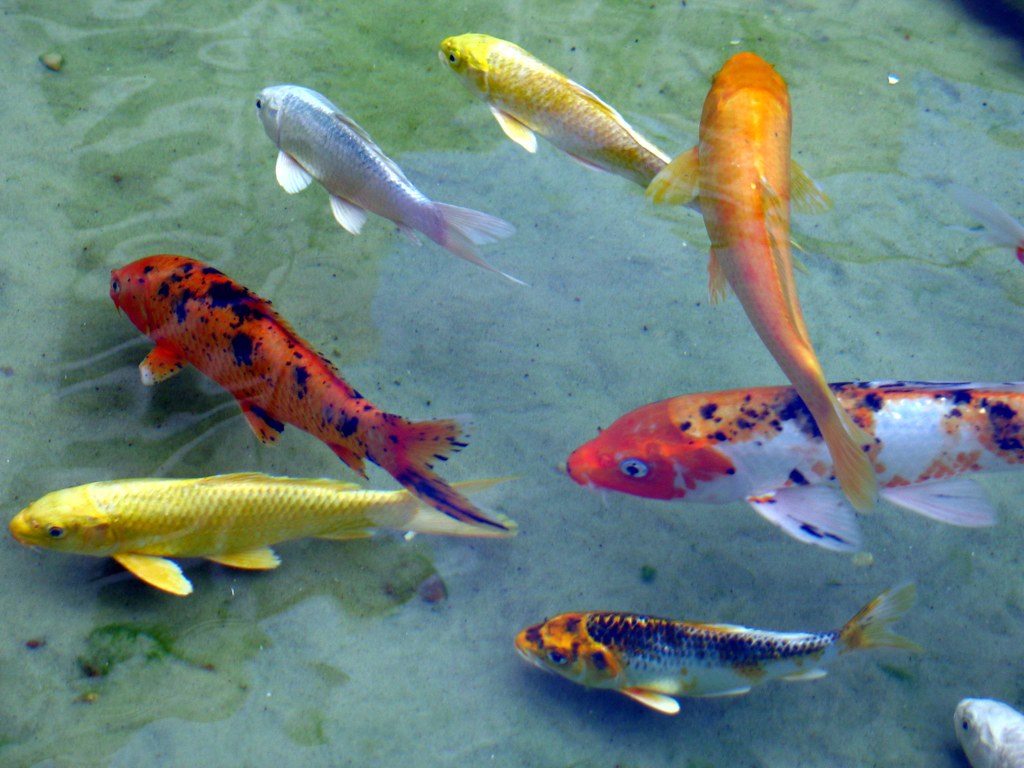
Koi fish require dietary adjustments based on seasonal water temperatures that directly affect their metabolism and digestive capabilities. During warm months (water temperatures 65-85°F/18-29°C), koi should receive a high-protein diet (35-40% protein) fed 2-3 times daily in amounts they can consume within 5 minutes. As temperatures drop below 65°F/18°C in spring and fall, feeding should be reduced to once daily with a medium-protein food (25-35%), while winter feeding (below 50°F/10°C) should be minimal or entirely suspended as koi enter a state of decreased metabolism. Commercial koi pellets formulated for each season should form the foundation of their diet, supplemented occasionally with fresh foods like lettuce, watermelon, oranges, and cooked peas for nutritional variety. Wheat germ-based foods are particularly valuable during transitional temperature periods due to their high digestibility at lower temperatures.
Practical Feeding Tips for All Exotic Pets
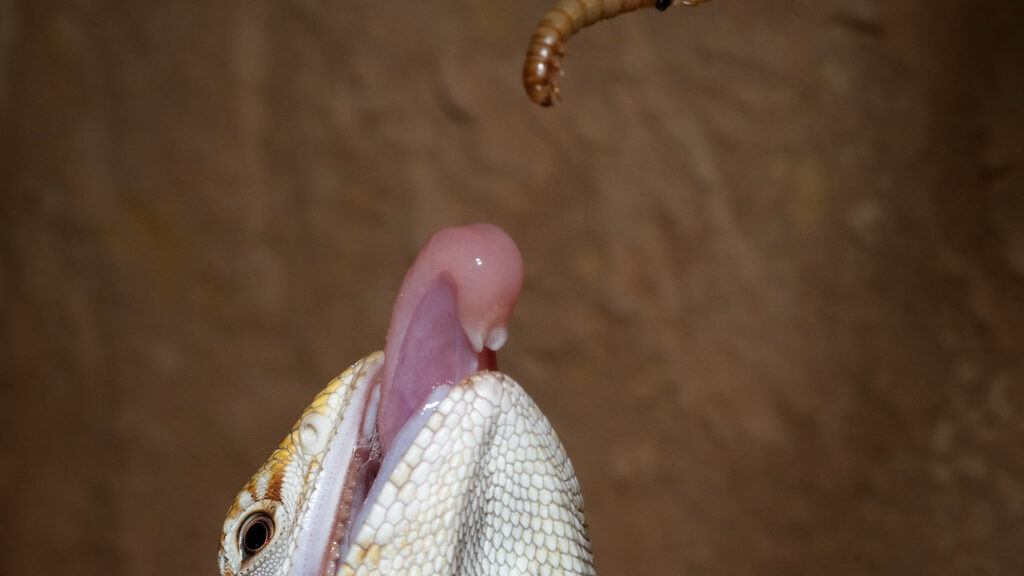
Regardless of species, several universal principles apply to feeding exotic pets properly and safely. First, invest in accurate digital scales to weigh both your pet and their food portions, allowing precise monitoring of growth and consumption patterns that can alert you to potential health issues. Second, implement a consistent feeding schedule that aligns with your pet’s natural activity patterns, particularly important for nocturnal species that may be stressed by daytime feeding attempts.
Third, source feeders and food items from reputable suppliers to avoid parasites, pesticides, and other contaminants that frequently affect wild-collected specimens or poorly maintained feeder colonies. Finally, maintain detailed feeding records noting consumption amounts, preferences, and any changes in appetite, which provide invaluable information for veterinarians in the event of health issues and help you identify potential problems before they become serious conditions.
Exotic pet nutrition represents one of the most challenging yet rewarding aspects of keeping unconventional animal companions. Unlike standardized pet foods for dogs and cats, exotic animal diets often require significant research, preparation, and ongoing adjustments to ensure optimal health. The specialized digestive systems, unique metabolic requirements, and natural feeding behaviors of exotic species demand attentive care and willingness to provide species-appropriate nutrition. By following the guidelines outlined in this breakdown, you’ll be well-equipped to provide your exotic pet with the daily nutrition they need to thrive in captivity. Remember that regular veterinary check-ups with an exotic animal specialist remain essential, as they can help you fine-tune dietary plans based on your individual pet’s condition, age, and specific health requirements.


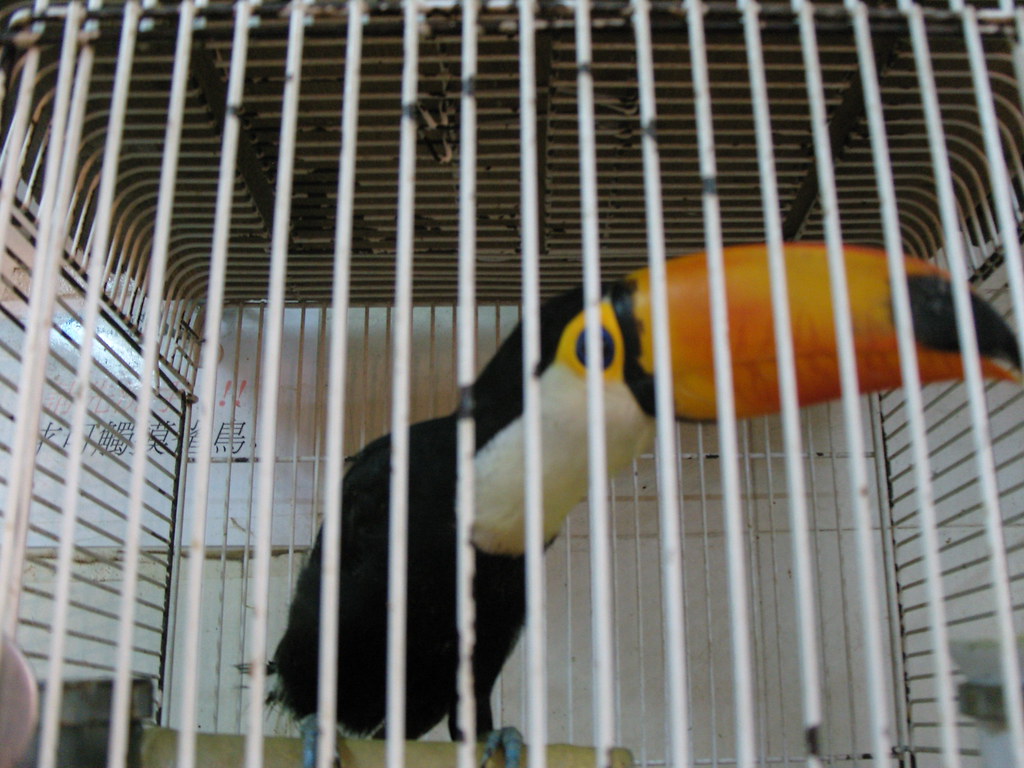
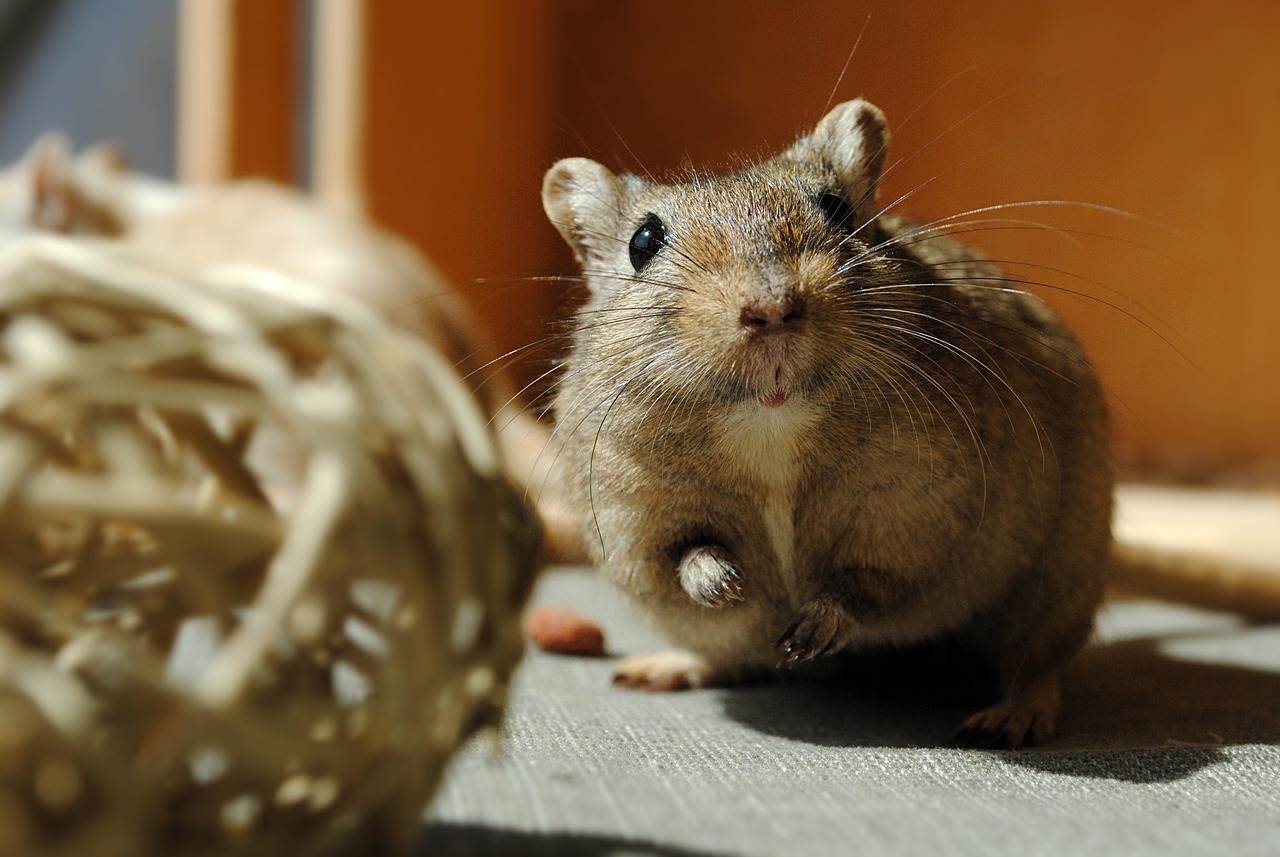
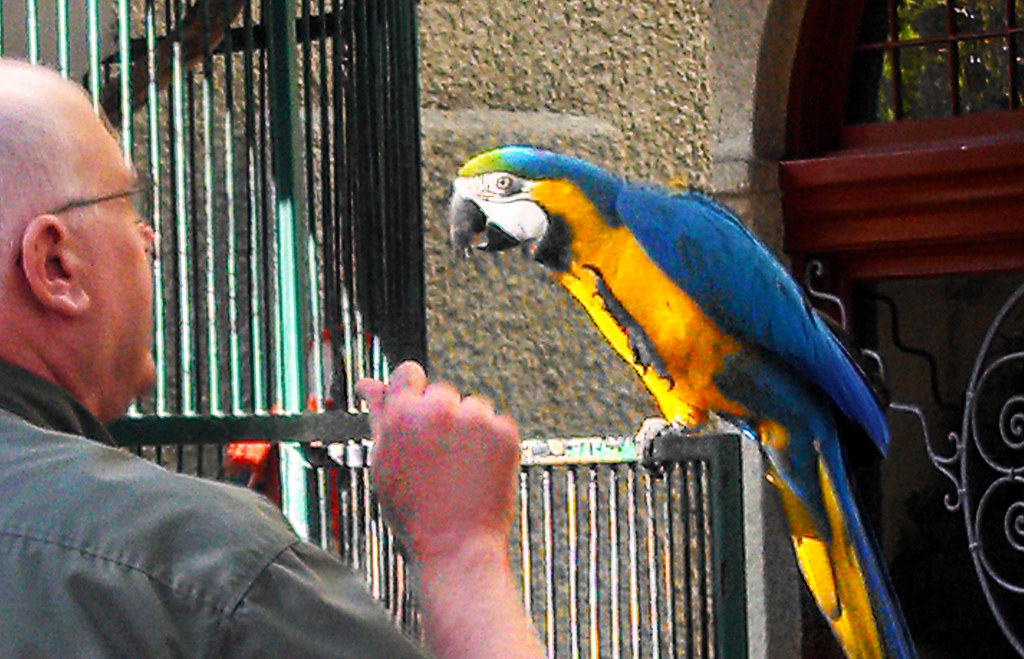
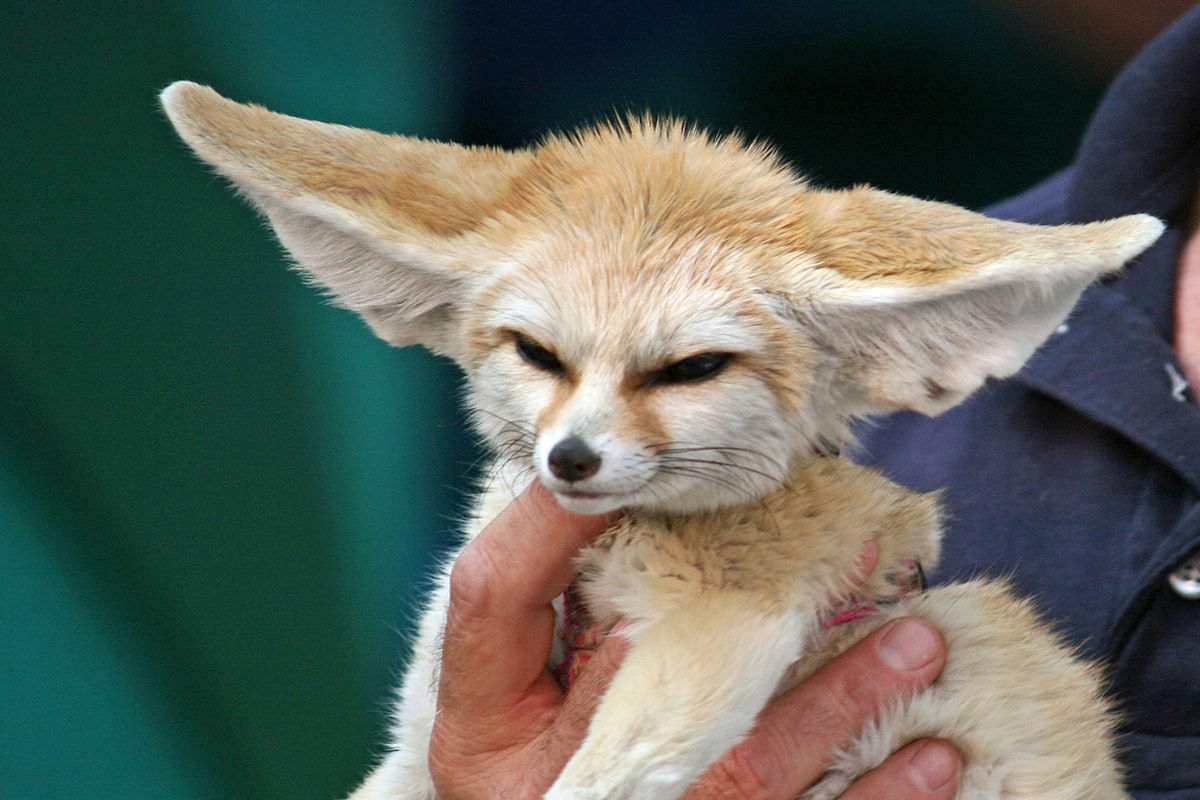
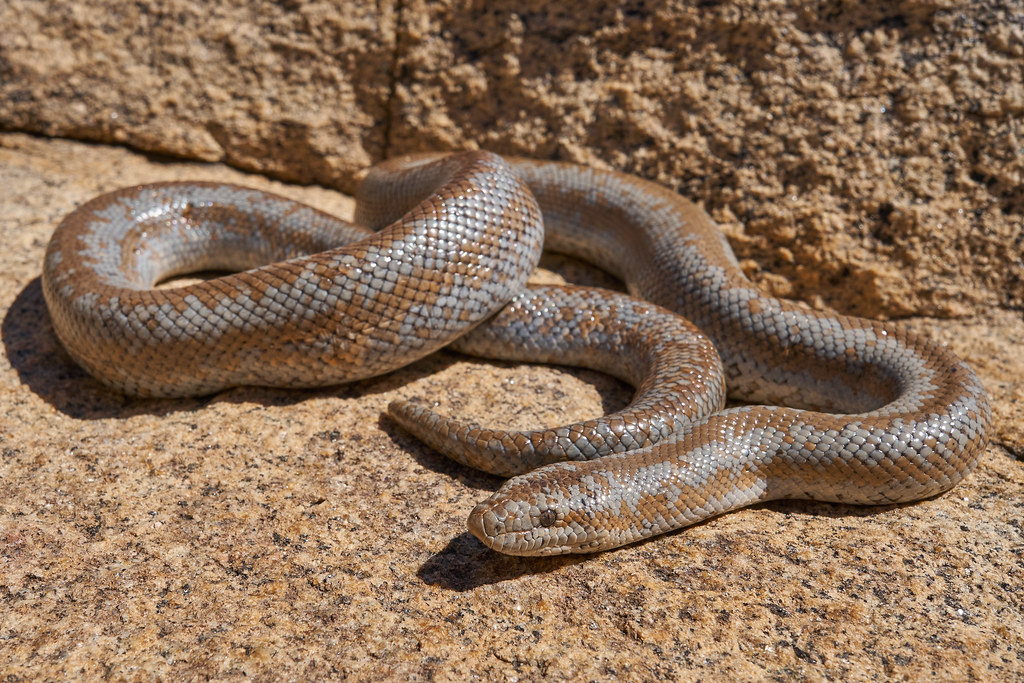
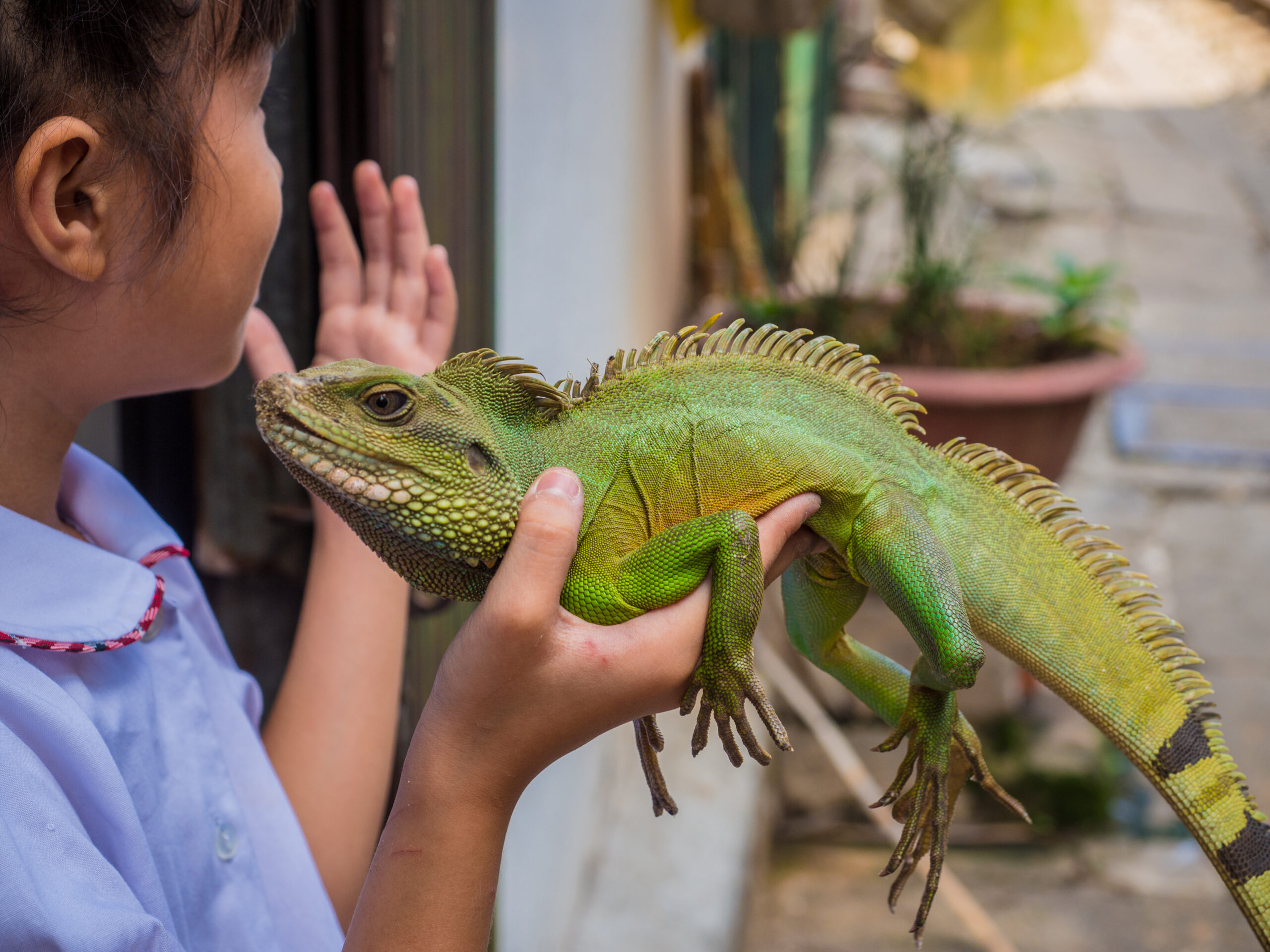
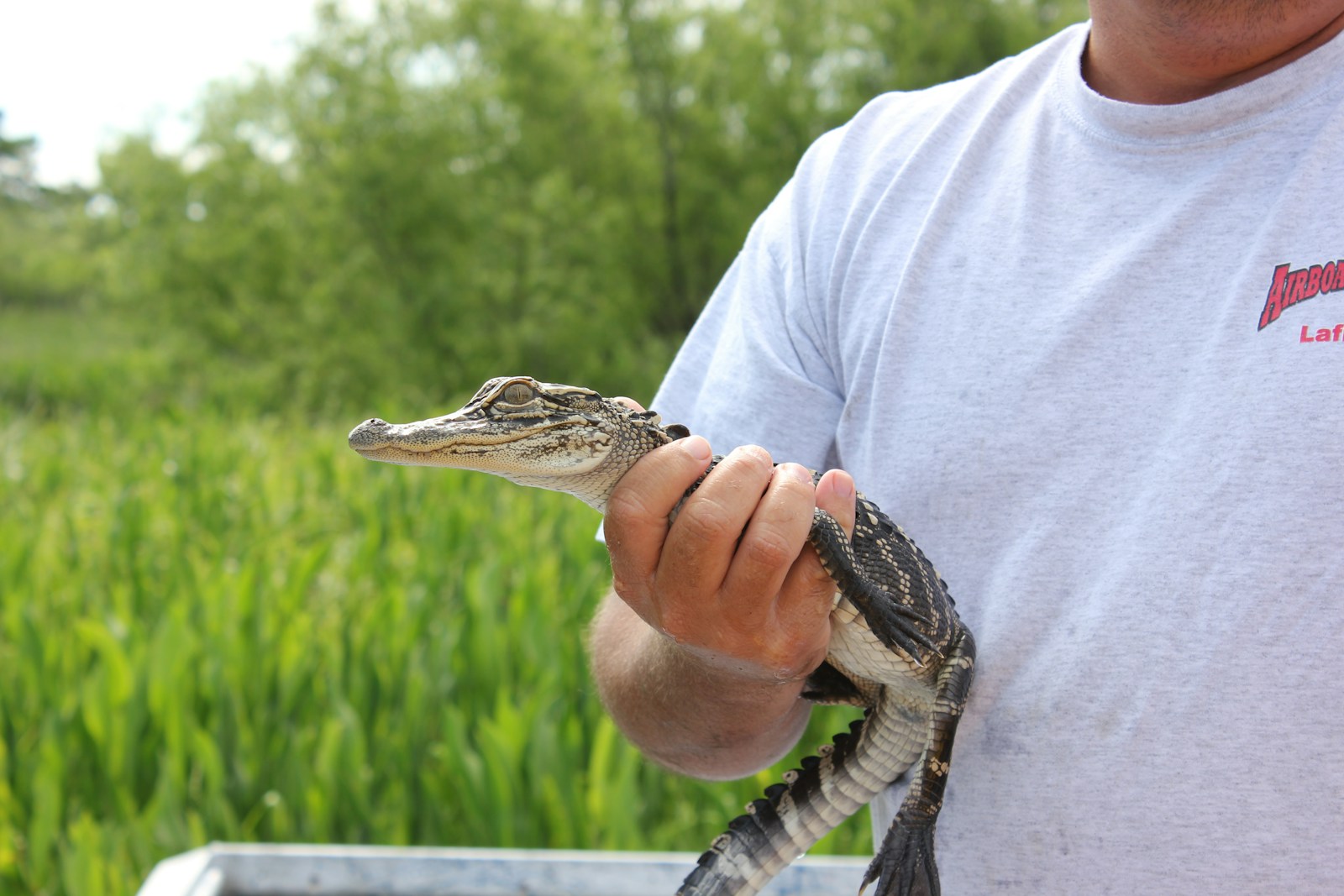
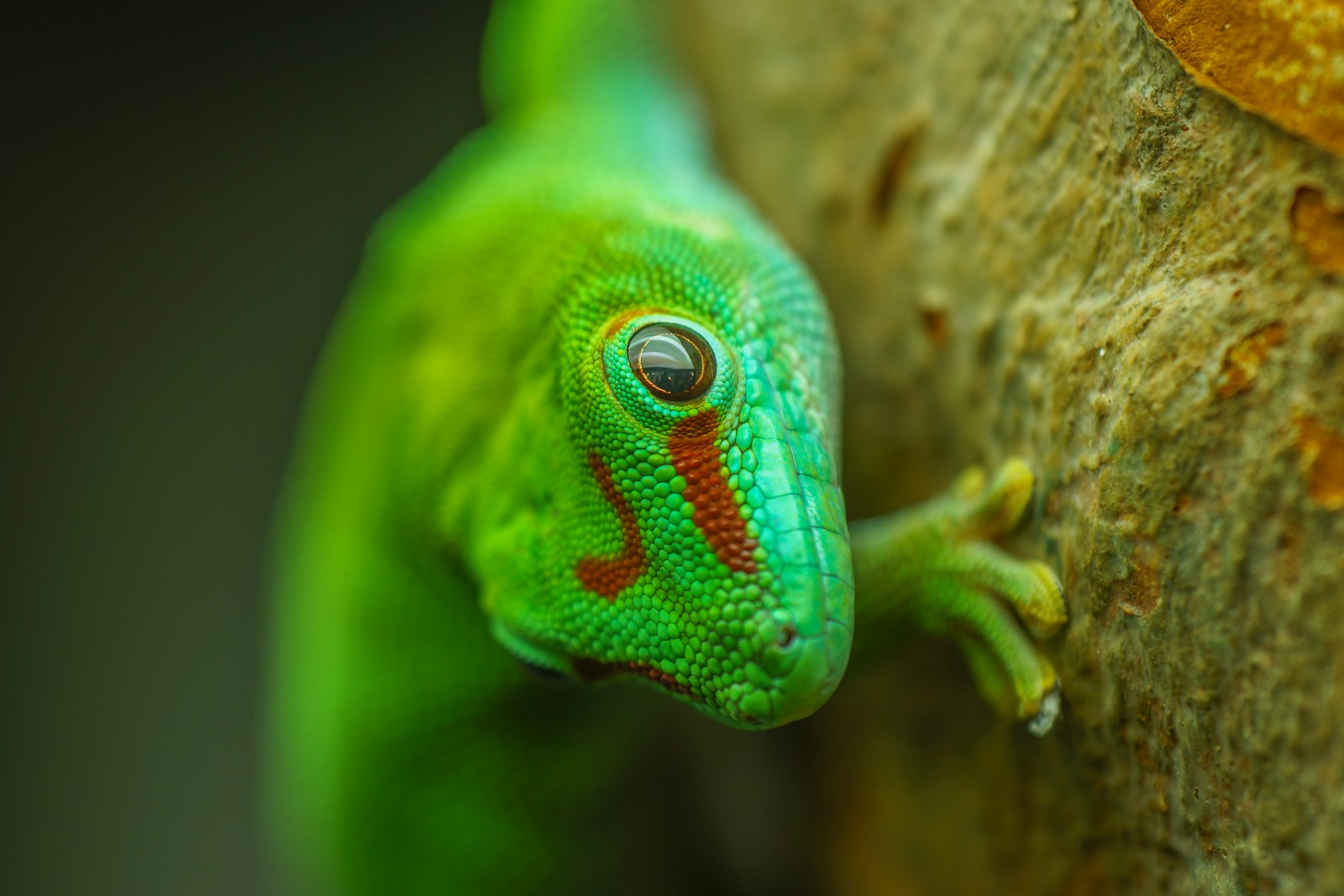
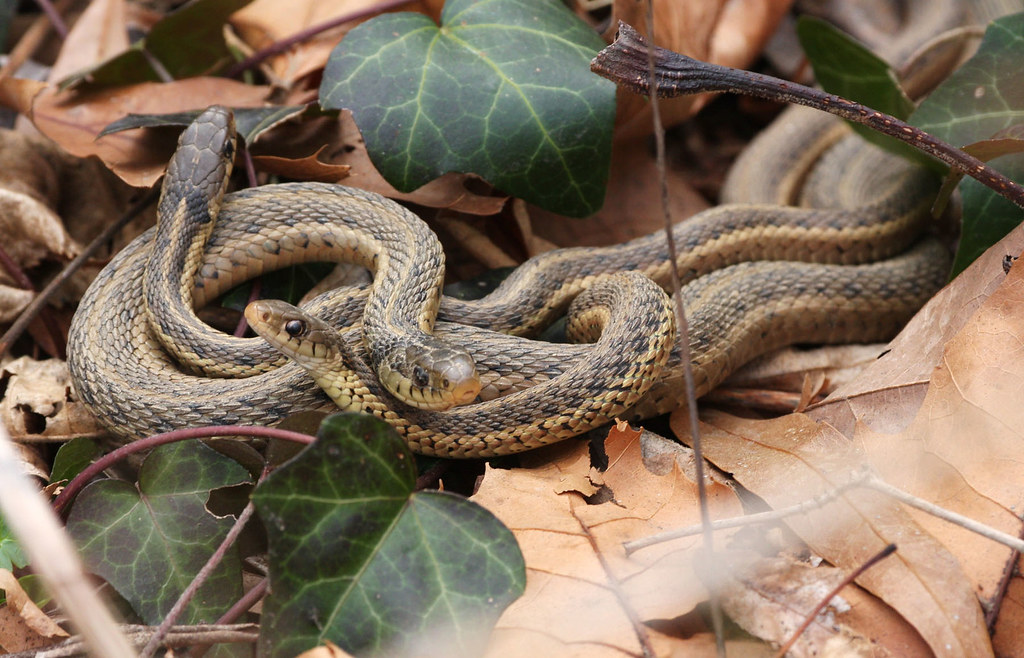




Leave a Reply